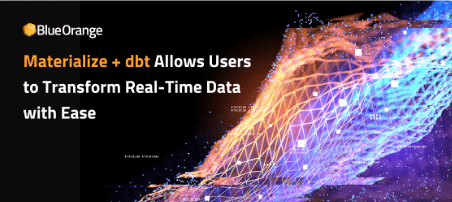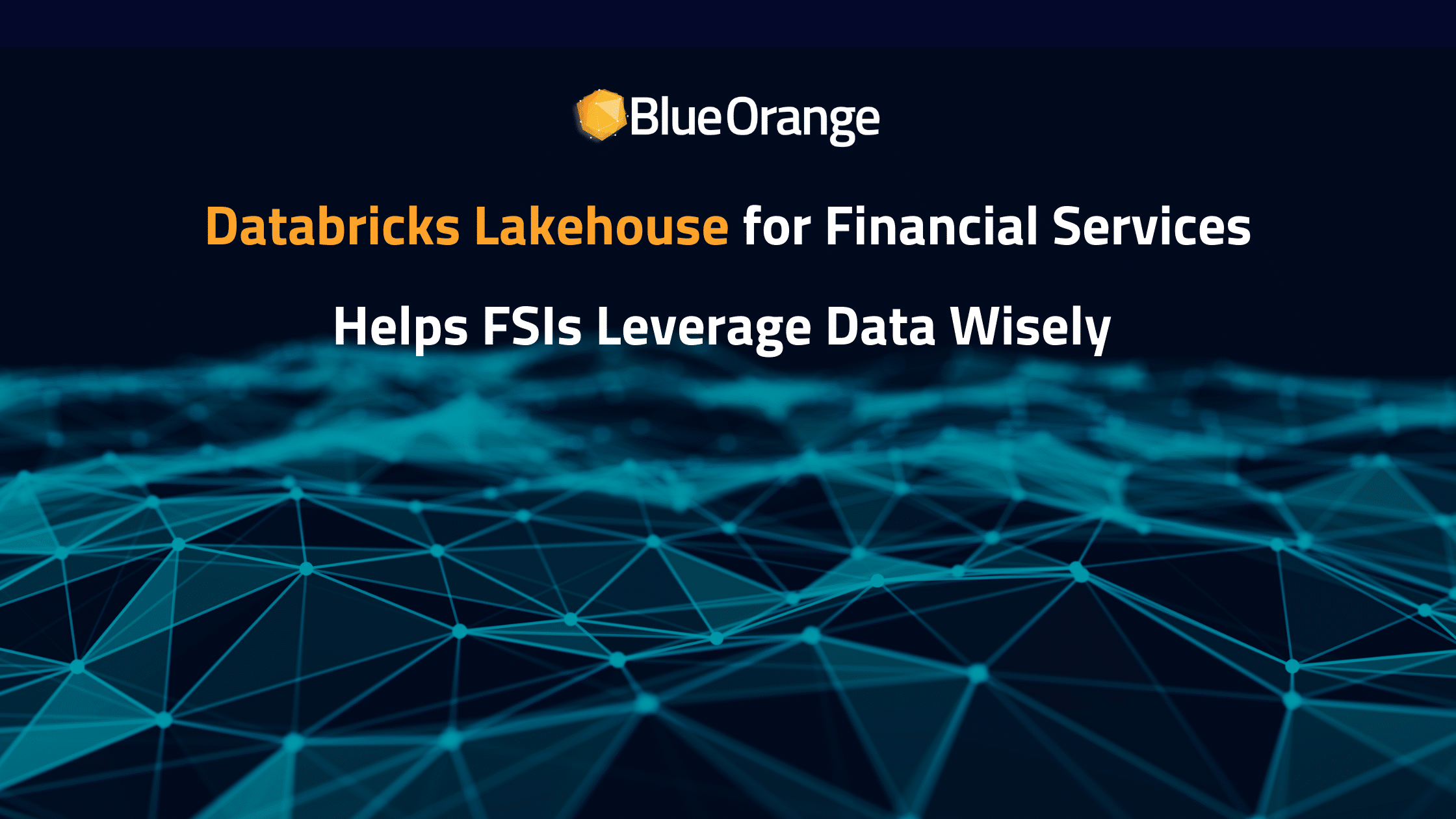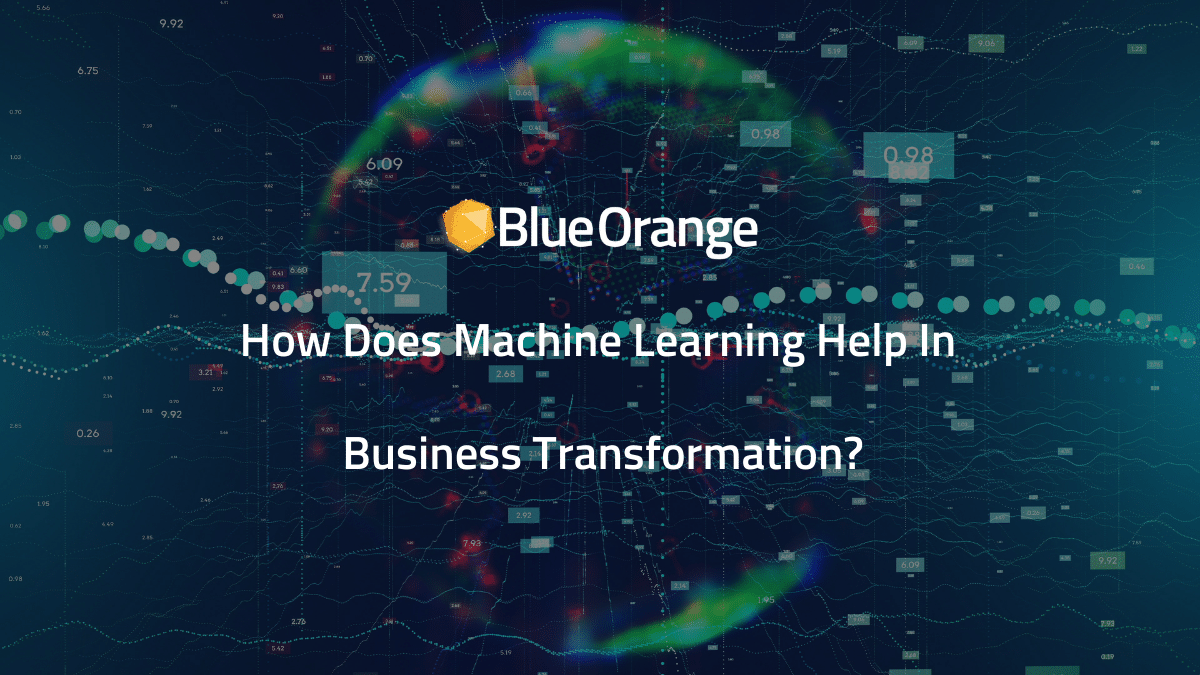IoT technologies increase the accessibility to patient data, enable real-time decision making, and offer ease and efficiency through automation.
IoT-powered software solutions for the healthcare sector are shifting the focus from digitalization to intelligence. IoT technologies increase the accessibility to patient data, enable real-time decision making, and offer huge potential for automation. Combined with predictive modeling and advanced software/hardware capabilities, IoT devices are helping healthcare facilities address some of their most pressing pain points.
Here are four examples of innovative, IoT-powered solutions that are demonstrating the impact of technological progress upon the entire healthcare sector.
1. Real-time asset management
Asset management is a common challenge encountered by healthcare facilities. It requires keeping track of a variety of medical devices and being aware of their status as they move from one location to another. For all medical and management staff involved, manually keeping track of asset location & condition is a time-consuming and inefficient task. Modern solutions for improving the clinical workflow are relying on automation-enabling technologies, such as IoT.
IoT sensors can be connected to anything and anyone. When wearable devices are used by medical staff and sensors are attached to pieces of equipment, an interconnected environment is created. Modern communication protocols (such as Bluetooth LE, Wi-Fi, Z-wave, ZigBee) enable these devices to communicate their location and real-time condition. Like this, tracking applications and solutions become possible, minimizing manual efforts and improving clinical workflows.
Centrak offers an asset tracking solution that enables medical staff to know at all times where medical equipment is located. They employ a variety of RFID technologies and provide room-level accuracy. They make it possible to use sensor-collected data for custom alerts and security measures. On top of that, they provide a way to integrate asset tracking with in-building security features, such as door locks, elevators, or security cameras.
2. Improved patient compliance
Patient compliance is another aspect that healthcare systems need to deal with on a regular basis. That is, making sure that patients undergoing treatment are sticking to their prescriptions. Correctly taking the medication, not missing out on the refill dates, and respecting individual routines are all behavioral challenges that have a direct impact on the treatment outcome. Dealing with the challenges of the treatment process can be achieved by leveraging modern technologies, such as IoT.
IoT devices are commonly used for remote monitoring. They can integrate with commonly available gadgets, such as smartphones, tablets, and wearable devices. This makes it possible to easily communicate real-time events, as they happen. Outside of the hospital, IoT technologies can provide great treatment solutions for both patients and medical staff.
Adhere Tech is offering an IoT-based solution for remote treatment monitoring. Their Smart Pill Bottle provides a simple yet powerful solution, that requires no setup.
Did the patient forget to take a pill?
The bottle will send them an SMS with a reminder.
Does the bottle need a refill?
You guessed it! The bottle will let them know via an SMS.
Is further assistance required from a pharmacist?
All the data collected by the Smart Pill Bottle is synced and available to the pharmacists. Like this, personalized and accurate patient support can be offered.
On top of this, Adhere Tech integrates a variety of data sources, such as patient feedback and pharmacy reports. This is a fine example of how integrating contextual information can improve patient treatment and support. Such a solution only becomes possible with the use of IoT sensor frameworks.
3. Automation of clinical workflows
Clinical workflow automation is seeing increased attention from healthcare facilities. Throughout diagnosis, treatment and intervention, non-primary tasks still need to be carried on in order to ensure the quality of health care services. Cleaning, disinfecting, and even the simple task of bringing food to patients are tasks that are consuming valuable human resources. Solutions to some of these tasks come in the shape of autonomous, intelligent robots.
When sensing capabilities are combined with reasoning and freedom of movement, intelligent robots can be coworkers in real-world environments. They can navigate in indoor spaces, self-localize & map entire buildings, and even do facial recognition. Not to mention that they can easily keep track and alert humans of environmental conditions, such as humidity and temperature. By integrating a variety of software and hardware technologies, these robots gain autonomy: they can assess the conditions in their environment and act accordingly, just as humans would.
Corvus Robotics offers two such intelligent robots, that can tackle food delivery and disinfection. They can either be scheduled to cover specifically predefined areas, or they can be “allowed to roam freely” in autonomous mode. They avoid all collisions with objects and humans in their environment, make an internal map of the building, and automatically keep track of their past destinations.
“We’re using IoT / healthcare robots to help disinfect areas including hospitals, and also provide deliveries autonomously (food, medicine to patients) while lowering the risk of cross-infection.
By reducing healthcare professional workload in already overcrowded and understaffed areas, doctors and nurses are freed up to do higher-value tasks, leaving deliveries and disinfections to robots.”Corvus Robotics
Especially during the current global health crisis, such autonomous robots prove their potential. By helping ensure high hygiene standards, they keep both medical staff and patients protected, minimizing the risks of cross-infection.
4. Reliable organ transplantation
Organ transplantation is the medical area where real-time decisions can literally make the difference between life and death. Identifying logistic flaws in the system, removing uncertainty, and minimizing the risk for errors are imperative for the wellbeing of patients. Since transplantation networks carry out critical missions, they require state-of-the-art performance and reliability. The technological advances brought by software, hardware, and IoT platforms can support medical healthcare workers all throughout this vital undertaking.
IoT sensors communicate environment data from a variety of data sources. This data comes in huge volumes and varieties, and making sense of it requires modern software and hardware tools. Cloud technologies enable the collection, integration, and analysis of sensor data in real-time. These platforms make it possible to collect real-time data from an environment and take reliable decisions. Modern transplantation solutions for alerting, monitoring, and tracking are all integrating such modern technologies.
MediGO offers an IoT and cloud-powered solution for the extremely complex transplantation system. First of all, they enable tracking the vital signs of in-transit organs. The exact location and conditions of the organ (such as humidity, temperature, pressure, and light exposure) are tracked and communicated in real-time. Additionally, the data is collected and analyzed for further operational improvements across the transplantation network.
“Transplantation requires coordinating an abundance of moving parts and communicating with Organ Procurement Organizations (OPO), transplant centers, surgeons, hospitals, couriers, patients, and other stakeholders. Right now communication between these groups is done manually — organ arrival time is estimated based on last known location and recipients are called in to prepare for surgery without any certainty that the organ will arrive close to its estimated time.”
– Chetan Paydenkar, General Manager of MediGO
Such a solution shows how integrating sensing technologies with modern data processing frameworks creates opportunities for more reliable health care services.
What’s next?
Healthcare software innovation is standing on the shoulders of giants. IoT platforms, predictive analytics, modern cloud frameworks, software & hardware tools. They all power innovative healthcare solutions and create new business models and opportunities.
These four IoT-powered healthcare applications showed that the healthcare system is going from digital to intelligent. The autonomy, the real-time decision making, and the increased accuracy that these solutions provide make them stand out from the crowd.
Adopting and integrating one of these advanced technologies doesn’t need to burden your IT staff that isn’t trained on the specific implementation of these technologies. Instead partner with Blue Orange Digital, to facilitate the seamless migration of databases to cloud systems, integration with existing systems (while avoiding crashing the previous), and to explore more AI and automation options. Consult the experts in digital transformations, Blue Orange Digital, a top-ranked AI co-development firm remotely available from NYC and Washington DC.
We are more than excited to see what comes next in healthcare innovation. With each new and exciting innovation, hot IoT device, or artificial intelligence enhancement, we’ll be there to help you connect, update, and upgrade your business processes or co-develop a custom solution to specifically address your challenges. Tell us about a challenge your business is facing and we’ll see how we can help.
For more on AI and technology trends, see Josh Miramant, CEO of Blue Orange Digital’s data-driven solutions for Supply Chain, Healthcare Document Automation, and more.
Follow me on Twitter or LinkedIn. Check out my website.
Josh Miramant is the CEO and founder of Blue Orange Digital, a data science and machine learning agency with offices in New York City and Washington DC. Miramant is a popular speaker, futurist, and a strategic business & technology advisor to enterprise companies and startups. He is a serial entrepreneur and software engineer that has built and scaled 3 startups. He helps organizations optimize and automate their businesses, implement data-driven analytic techniques, and understand the implications of new technologies such as artificial intelligence, big data, and the Internet of Things.
Featured on IBM ThinkLeaders, Dell Technologies, and NYC’s Top 10 AI Development and Custom Software Development Agencies as reviewed on Clutch and YahooFinance for his contributions to NLP, AI, and Machine Learning. Specializing in predictive maintenance, unified data lakes, supply chain/grid/marketing/sales optimization, anomaly detection, recommendation systems, among other ML solutions for a multitude of industries.
Visit blueorange.digital for more information and Case Studies.
Originally published here on Machine Learning Times.










